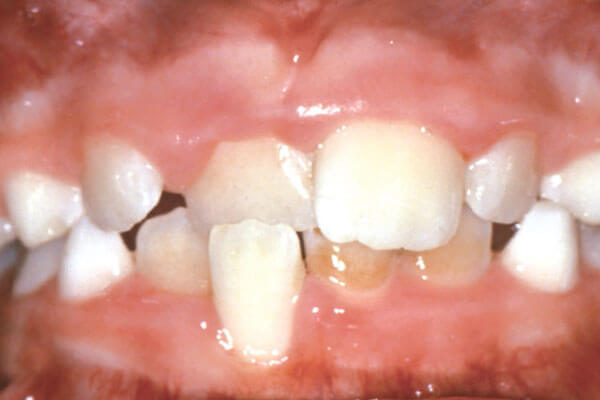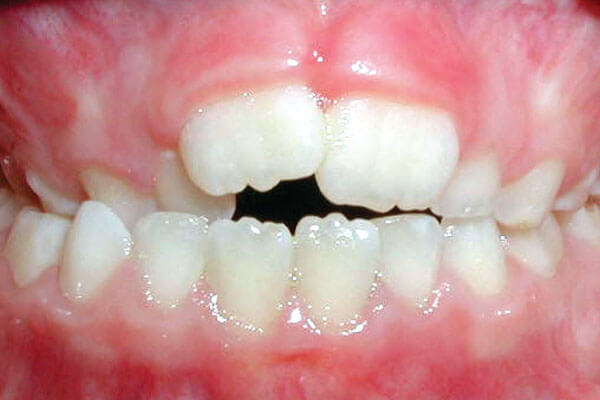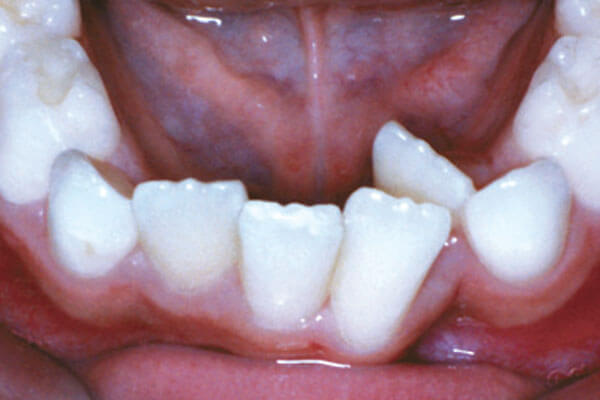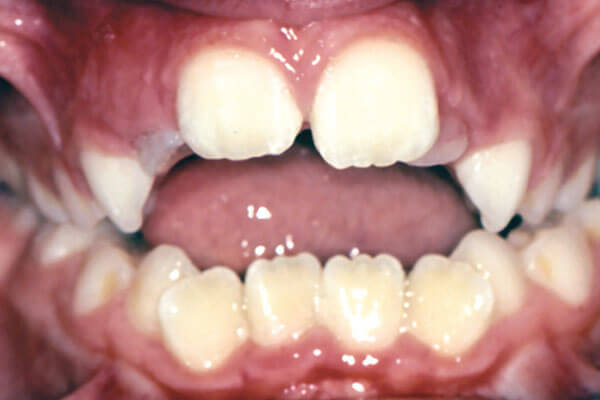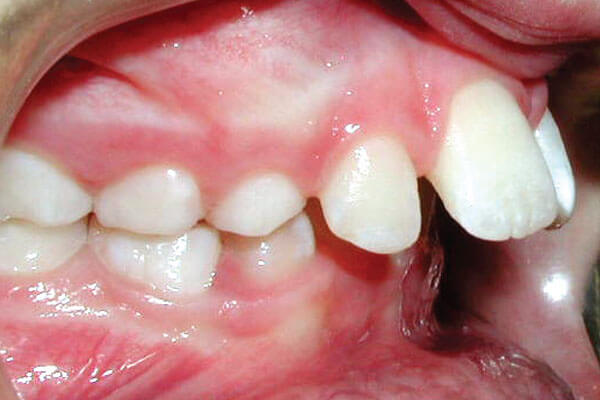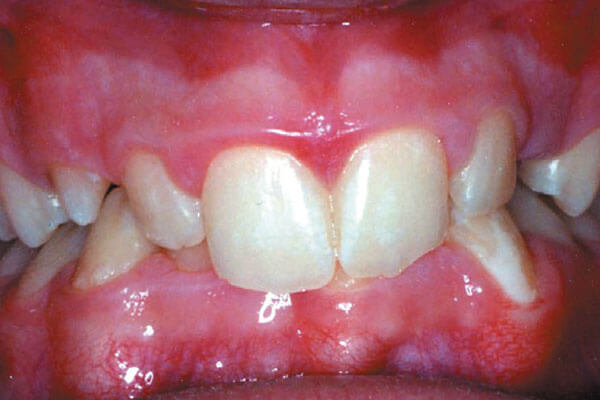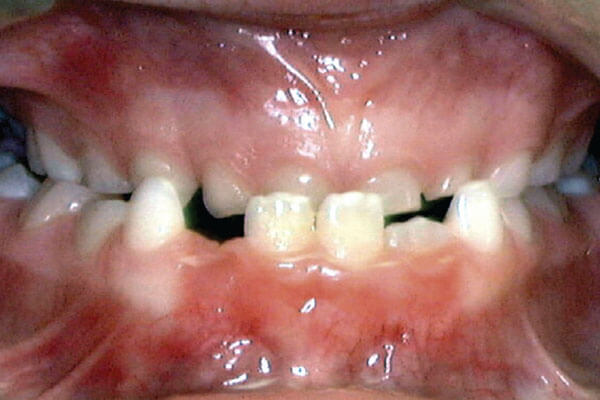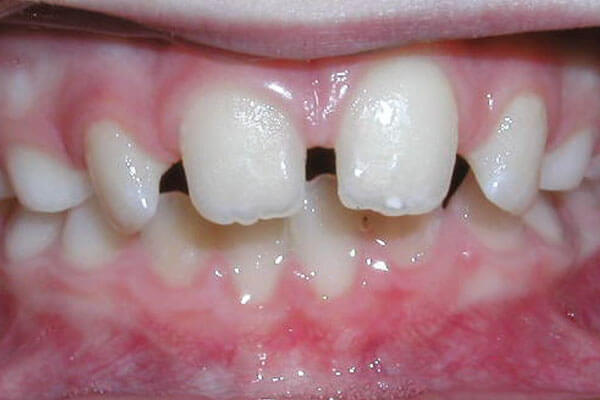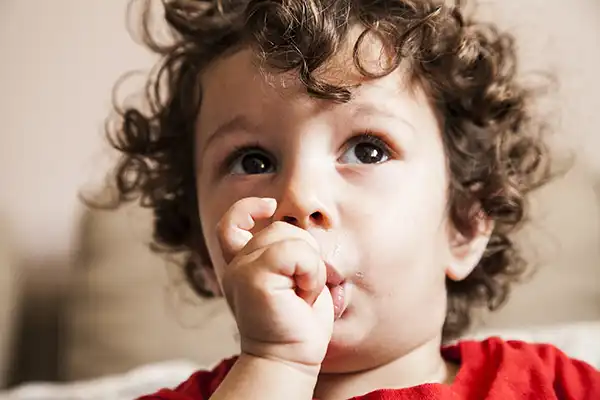The American Association of Orthodontists recommends that most children have an orthodontic screening by age 7. This allows us to determine if orthodontic treatment will be required and the best time for the child to be treated. Many of the dentists in our community have been trained to identify orthodontic problems early and may refer you to our office earlier than age 7. Not all children need early treatment. For those children we offer no charge observation exams every 6 — 12 months. We call this our 7 & Up Kids Club. Once your child is ready for orthodontic treatment a treatment plan will be recommended by the doctor.
Early diagnosis and treatment can guide erupting teeth into a more favorable position, preserve space for permanent teeth, and reduce the likelihood of fracturing protruded front teeth.
If early treatment is indicated, Dr. Doppel can provide treatment to guide the growth of the jaw and incoming permanent teeth. Early treatment can also regulate the width of the upper and lower dental arches, gain space for permanent teeth, reduce the likelihood of impacted permanent teeth, correct thumb sucking, and eliminate abnormal swallowing or speech problems. In other words, early treatment can simplify later treatment, after all the permanent teeth erupt.
Early treatment can begin the correction of significant problems, prevent more severe problems from developing, and simplify future treatment. Because all of the permanent teeth have not yet erupted when early treatment is performed, their final alignment may not have been corrected. Typically, a shortened comprehensive phase of treatment (Phase II — full braces) in the pre-teen/teen years, after all the permanent teeth have erupted, completes the correction. However, in some circumstances, further orthodontic treatment may not be indicated.
Malocclusions (“bad bites”) like those illustrated below, may benefit from early diagnosis.
If you notice any of the following in your child, please check with us.
- early or late loss of baby teeth
- difficulty in chewing or biting
- mouth breathing
- jaws that shift or make sounds
- speech difficulties
- biting the cheek or the roof of the mouth
- facial imbalance
- grinding or clenching of the teeth
